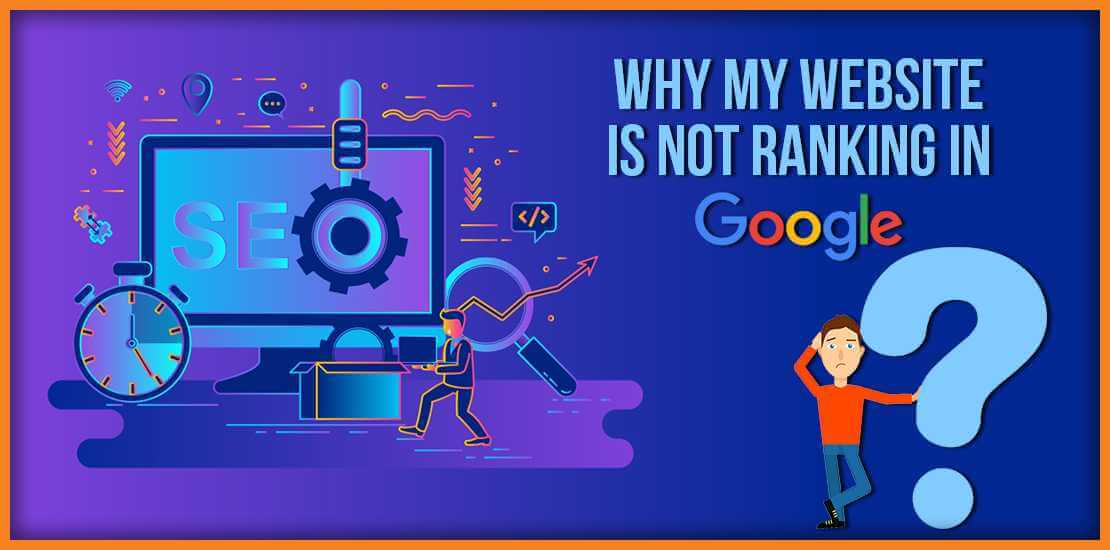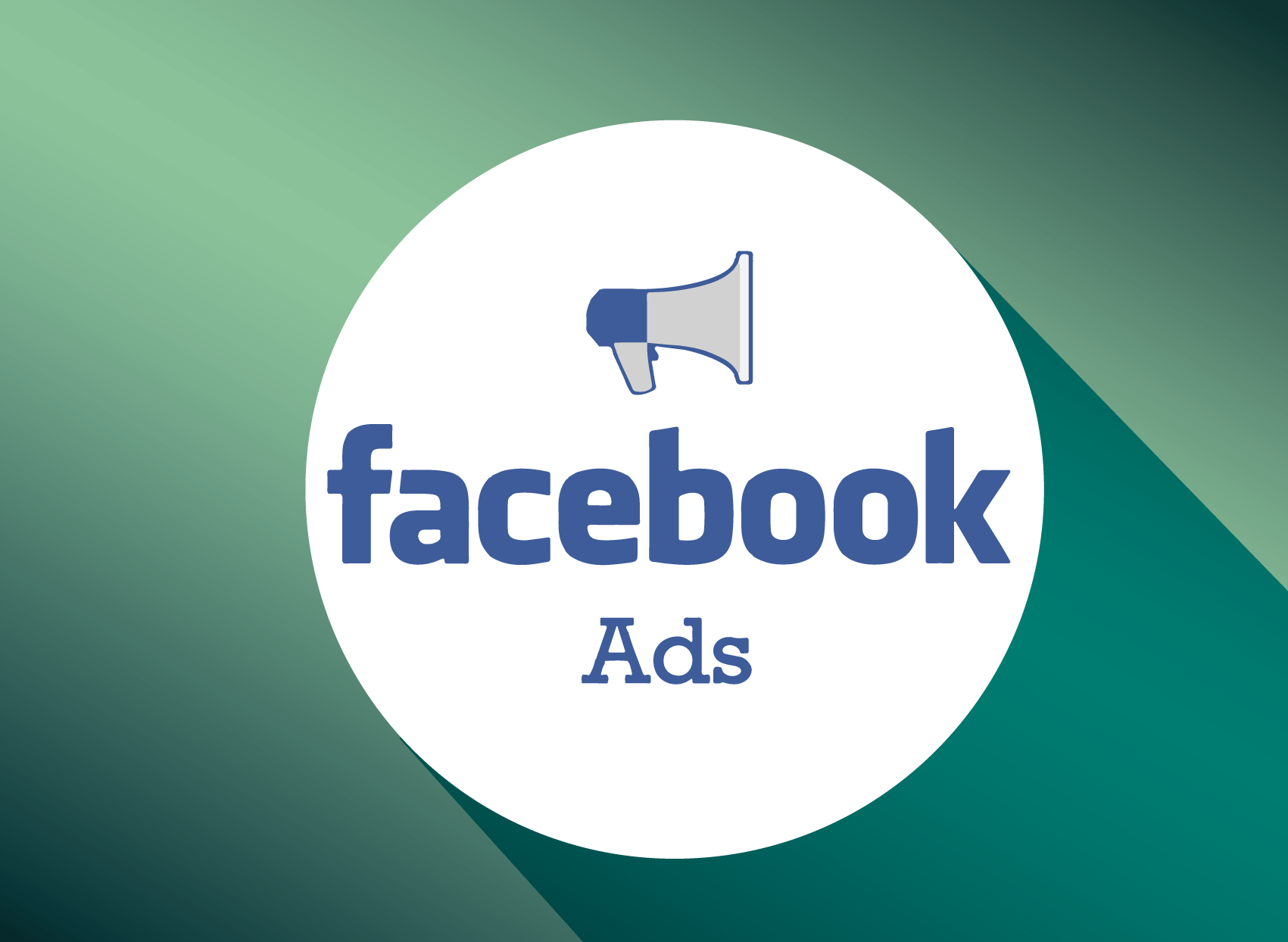If you’re a little business owner, you have possibly heard at least one person recommend that you simply learn SEO (search engine optimization) and implement an online strategy for your business
Facebook advertising is a big and growing business: companies spent more than $9 billion on Facebook ads in the second quarter of 2017 alone.
Each and Every day, more and more people think to launch their online or e-commerce stores, but almost instantly they met with more inquiries than answers.
Off page SEO refers to techniques that can be used to improve the position of a web site in the search engine results page (SERPs).
It’s a noisy marketplace. How are you optimizing your online presence to make your voice heard? It starts with ensuring you are up to date on on-page SEO basics to provide peak performance for your website and visibility for your target audience.
The term "white hat SEO" refers to SEO tactics that are in line with the terms and conditions of the major search engines, including Google.
Black hat SEO is a practice against search engine guidelines, used to get a site ranking higher in search results. These unethical tactics don’t solve for the searcher and often end in a penalty from search engines. Black hat techniques include keyword stuffing, cloaking, and using private link networks.
When it comes to marketing a brand or business, one of the most debated subjects is what kind of strategy would work to meet organizational goals. In digital marketing, website traffic is among the top priorities of any company, and a ton of research goes to identifying the best strategy that can significantly boost traffic..
Here’s a step-by-step guide on how to build your own online shop with Shopify.
I’ll cover all the basics and bit more, so you could get your online store up and running ASAP.
Shopify is a fast growing eCommerce platform, offering businesses the opportunity to set up an eCommerce store at affordable rates -- about 160% below the average for eCommerce platforms! If you’re looking to start building your very first business, Shopify is an easy solution.
I liken a non-ranking website to owning a pimped-out sports car that won’t start. It looks great, but if it doesn’t move you from Point A to Point B, then you are going nowhere fast. So, bear with me as I take this analogy a bit further. Why is your website not ranking in Google?
Adobe Photoshop is a graphics editor tool that enhances the work of graphic designers. This tool revolutionized the scenario of raster graphics and is considered as the benchmark of graphics editing.
E-commerce seems to be eating up the retail world right now.
We’re seeing longtime brick-and-mortar retail brands closing or going bankrupt that we never would
have expected to see disappear ten years ago.
When was the last time that you searched for someone on Facebook and were shocked to discover that
they didn’t have an account?
Search engine marketing (SEM) has become a business necessity over the last decade. No brand in today’s world can possibly hope for visibility without it, something that can seem extremely daunting to unknowledgeable business owners.
Once upon a digital time, shopping ads were known as Product Listing Ads (PLAs). They solidified their place in the ROI pantheon thanks to providing businesses with that coveted extra visibility resulting in extra revenue and increased brand loyalty.
Automation is kind of the dream, right? It’s why services like Amazon’s subscription option are so popular, and why there are so many solutions rolling out daily to help us streamline everything from our meal planning to bill paying.
Updating your Shopify theme is crucial to keep your store secure, fast, and compatible with the latest Shopify features. However, many store owners hesitate to update due to fear of losing customizations or breaking the design.



 CALL US
CALL US SKYPE
SKYPE


.png)

.jpg)
.jpg)
.jpg)
.jpg)










